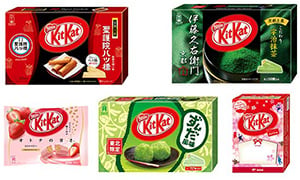 If you've played FarmVille, CityVille, Words with Friends or Bubble Safari, you've played Zynga's social games, online or on Facebook (where Zynga has 3.5 million likes). Freemium pricing is the name of the game, with special items available for purchase to help players move ahead. Of course, it's the games that count, which is why Farmville's Facebook page has more than 39 million likes.
If you've played FarmVille, CityVille, Words with Friends or Bubble Safari, you've played Zynga's social games, online or on Facebook (where Zynga has 3.5 million likes). Freemium pricing is the name of the game, with special items available for purchase to help players move ahead. Of course, it's the games that count, which is why Farmville's Facebook page has more than 39 million likes.Zynga just reported a loss and has purchased the UK game company NaturalMotion to expand its game offerings and provide variety for players. The company is also testing Bitcoin payments.
 If you've played Candy Crush Saga, Farm Heroes Saga, Papa Pear Saga or Bubble Witch Saga, you've played King's games, again online or on Facebook. Candy Crush Saga, the best-known and most popular, has 60 million Facebook likes. King uses the freemium pricing model, allowing you to buy hints and extra levels after you get involved in the free game.
If you've played Candy Crush Saga, Farm Heroes Saga, Papa Pear Saga or Bubble Witch Saga, you've played King's games, again online or on Facebook. Candy Crush Saga, the best-known and most popular, has 60 million Facebook likes. King uses the freemium pricing model, allowing you to buy hints and extra levels after you get involved in the free game.Then there's Minecraft, a super-popular multiplayer game that has tens of millions of players. The Minecraft Facebook page has 8.5 million likes.
But don't forget Angry Birds, which is relentlessly expanding beyond the virtual world. Angry Birds Land will open at Thorpe Park this May. In 2016, Sony is planning to release the first Angry Birds movie. Today being Chinese New Year, Angry Birds is celebrating with a new music video on the Rovio site.








